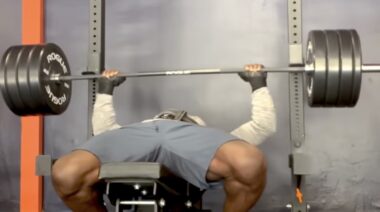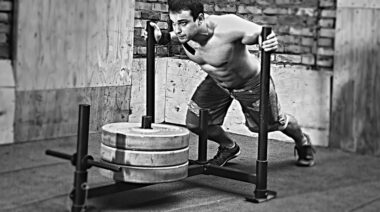Between 1960 and 2009, 123 high school football players died from an illness resulting from excessive heat. According to a study this month in the Journal of Strength and Conditioning Research, linemen have demonstrated significantly elevated core temperatures compared to their non-linemen counterparts and may be at a higher risk for heat-induced illness.
Since cooling down is so important, let’s look at how we get there. In this particular study, the researchers were concerned with two major methods of cooling:
- Convection: Convection cooling occurs when air flow carries heat away from the body. This is the same type of heat loss that gives us the wind chill factor when it’s cold outside. Moving air cools the skin, and in general the faster the air moves, the faster the cooling.
- Evaporation: Because evaporation requires energy to occur, it also cools the things around it. This is why we sweat. When the skin gets wet, heat is conducted away from the body faster because of the moisture, and then we are cooled further when it turns into its gas form.
The reason why linemen are at greater risk for heat illness might be due in part to reduced self-generated air flow. Put more simply, linemen tend to not move as much as the other positions, but they still work hard. As a result of covering less distance and wearing all those pads, they don’t get much air flow on their skin. With less air flow, it makes sense that convection is significantly reduced for linemen.
However, in this study, the researchers focused on evaporative cooling. Evaporative cooling also works best when there is air flow. Think about how much colder a wet t-shirt feels to take off when you have a fan blowing on it. The researchers found that evaporative cooling was also reduced in linemen due to lack of air flow. Heat loss in linemen was significantly reduced in every practice workout. The researchers also found evaporative cooling was over sixteen times more effective at cooling than convection.
One thing the researchers didn’t mention was the effect that the increased size of the linemen had on heat reduction. In this study, the linemen were 43% larger than the other players. This factor is important because larger individuals have a lower surface-area-to-volume ratio, and thus less potential to lose heat to the environment. This can play a large role in preventing heat loss.
It’s important for linemen to increase air flow on hot days whenever possible. The researchers suggested using fans either while drilling during practice or when the linemen are of the field. This practice will improve evaporative cooling and allow the athletes to recover faster, while also reducing the proven risk of heat-induced illnesses.
References:
1. Tomasz Deren, et. al., “Maximum heat loss potential is lower in football linemen during a NCAA summer training camp due to lower self-generated air flow,” Journal of Strength and Conditioning Research. DOI: 10.1519/JSC.0000000000000427
Photo courtesy of Shutterstock.






